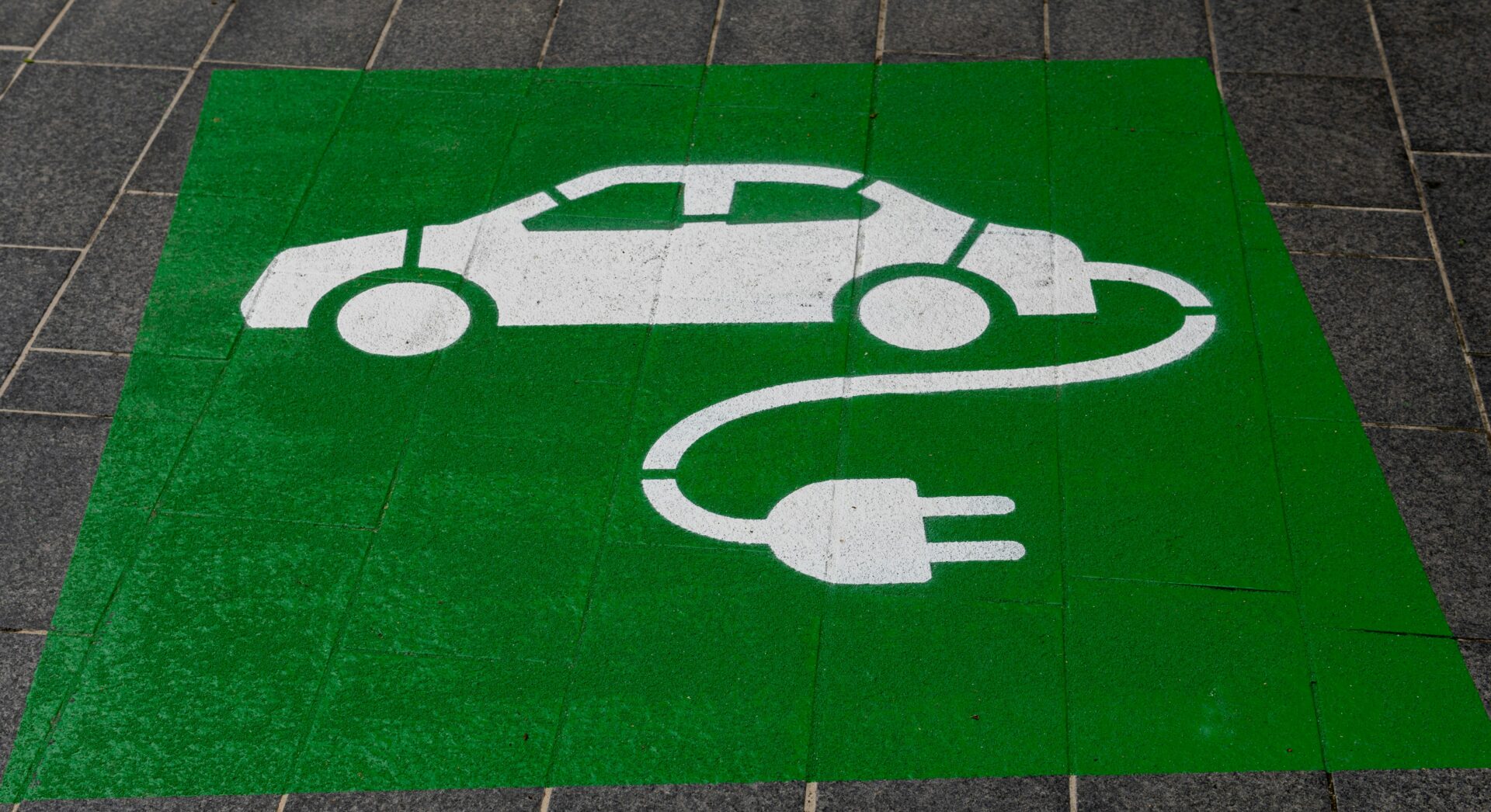The demand for electric vehicles which run on batteries is increasing worldwide. At the same time, resources of primary battery materials – i.e. those obtained from mining activities – are limited. Moreover, mining these resources is often damaging to the environment and involves precarious working conditions. As a result, recycling such materials to establish a circular economy is an important issue in politics, industry and academia – also against a background of becoming independent from imports of raw materials. A team with members from academia and from the automotive and battery industries, and headed by Prof. Stephan von Delft from the University of Münster, has now been looking into the question of what effects different strategies for achieving an efficient and sustainable circular economy with lithium, cobalt and nickel for electric vehicles will have on the demand for materials in Europe. They have determined the amounts of mining and recycling which will be necessary to enable a circular economy to be set up and maintained.
The researchers looked at the period 2035 to 2040 and demonstrated that through a combination of different strategies it would, in the best-case scenario, be possible to have a total of eleven mines and 57 recycling plants fewer – and these mines and plants themselves produce emissions. So this would correspond to savings totalling 35 billion dollars (32 billion euros) and – with regard to the metals lithium, cobalt and nickel – 32.5 million tonnes of CO2-equivalents. As a comparison: around 3472 million tonnes of CO2-equivalents were emitted in the EU in 2021. The package of measures required for this includes a faster electrification of the automobile market, smaller batteries, a selective second use of certain types of battery – for example, in stationary energy storage units – and an increased use of lithium-iron-phosphate batteries in electric vehicles.
“The results are important for European policy-making as they provide recommendations for action on how policies can support the transition, increase security of supplies for raw materials, and strengthen the EU’s strategic autonomy,” says Stephan von Delft.
The team of researchers proceeded from their previous work on battery recycling. As in their earlier study, the team used a so-called dynamic material flow analysis to calculate not only how much lithium, cobalt and nickel will be needed in future, but also how much recyclable raw material will then be available. The basis for the team’s work was data from current research work and market forecasts regarding developments in battery production and sales and the associated demand for raw materials.











